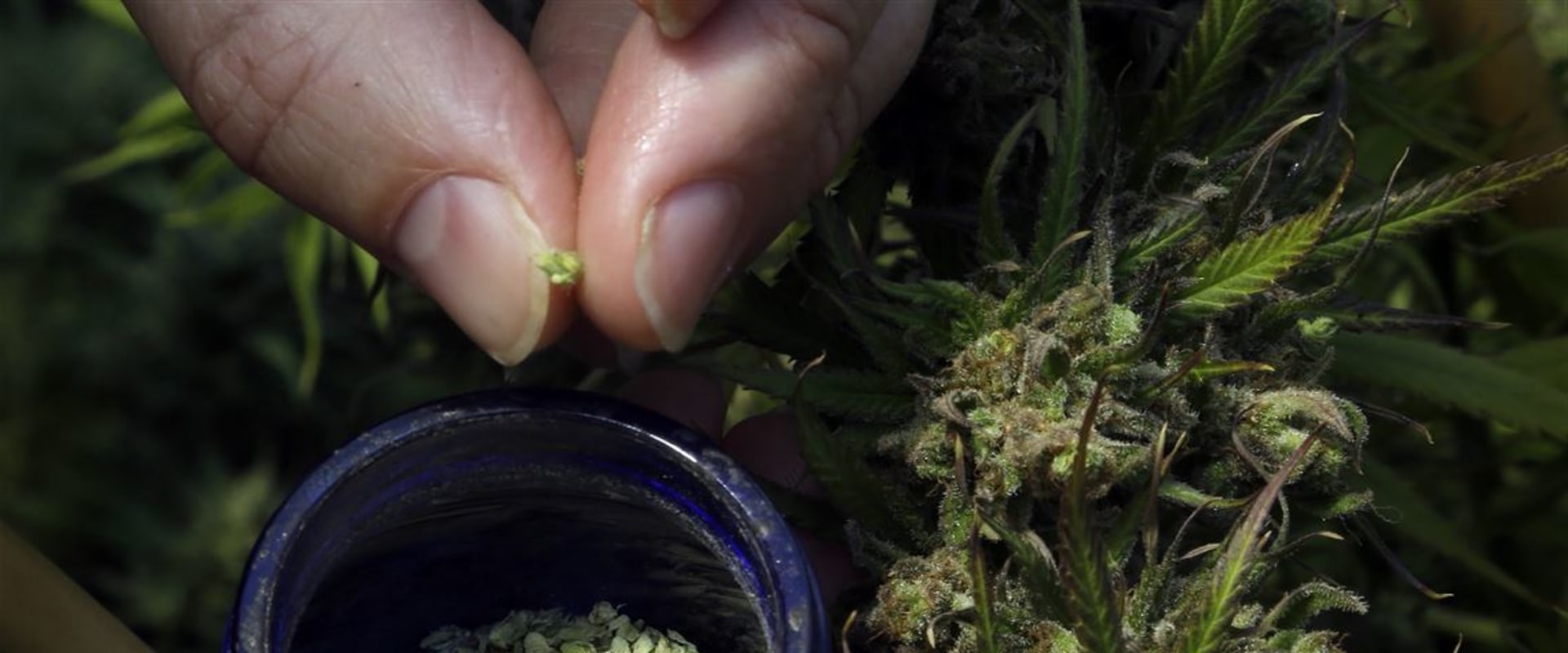It is no secret that hemp is a popular choice in green building construction due to its recyclable, non-toxic and biodegradable properties. Hemp fiber is known to have great strength and durability, and is known to be a good protector against vermin. Hemp, a poisonous herb, is found throughout the United States, including states in the western distribution area. The hemp portion of their common name comes from the fact that the Indians used bark fiber to make ropes.
Also called doggy, Indian physics, American hemp and rheumatic herb, hemp has been used for centuries for its industrial, nutritional and medicinal properties. But what are the risks associated with consuming hemp? Eating hemp seeds isn't considered as unsafe as eating hemp leaves or other parts of the plant. However, due to its high fat content, seeds can cause mild diarrhea. The environmental picture as a whole is not as mild either.
As with most cash crops, the industrial cultivation of hemp depletes the soil of key fertilizer compounds such as nitrogen, phosphorus and potassium. The production of all this biomass requires significant water inputs and runs the same risks of soil erosion as other industrial plants. Cannabinoid analysis on urine samples from short- and long-term users of hemp seed products has been conducted to determine if eating moderate amounts of hemp oil, protein powder made from hemp, or hemp seeds will make you fail a drug test. While less common, high-performance thin-layer chromatography (HPTLC) and nuclear magnetic resonance (NMR) have also been successfully applied to the qualitative analysis of hemp and cannabinoids, but are generally less sensitive than other techniques (Citti et al.).
For decades, activists fighting for the normalization of marijuana laws have touted the multiple beneficial uses of hemp as a kind of stalking horse for the legalization of marijuana. Due to the limited sample size, the data from this study are not fully representative of products containing hemp and CBD in the US market; however, the levels of As, Cd, Hg and Pb were found to be below the limit of quantification in the vast majority of samples from this sampling of convenience. Sheep are affected more frequently than other animals, as they eat large quantities of hemp leaves and tips if other fodder is not available. Research results suggest that the hemp puppy can be controlled by repeated 2,4-D treatment of 0.5 to 2 kg per acre of acid equivalent.
Some people prefer Canadian hemp because of its flavor and strict government restrictions aimed at improving quality. For nearly a century, commercial cultivation of hemp was banned in the United States, as a result of the widespread marijuana panic that spread across the Western world in the 1930s. Products marketed as containing CBD or hemp (n %3D 52) were identified through several channels, including Internet searches for the terms “CBD”, “cannabidiol”, “hemp”, “hemp extract” and “Best CBD”, products listed in online distributors, participants in industry events, advertisements in trade magazines, or companies that had previously received warning letters from the FDA. Because hemp hearts lack the fibrous shell, they have less fiber and other nutrients than whole hemp seeds.
Even in forward-looking Colorado suggests that Pilon-Smits, a university that gave the go-ahead to hemp research, could risk losing federal funding. Cooking hemp seeds or heating oil to temperatures above 350 degrees F can destroy healthy fatty acids.
